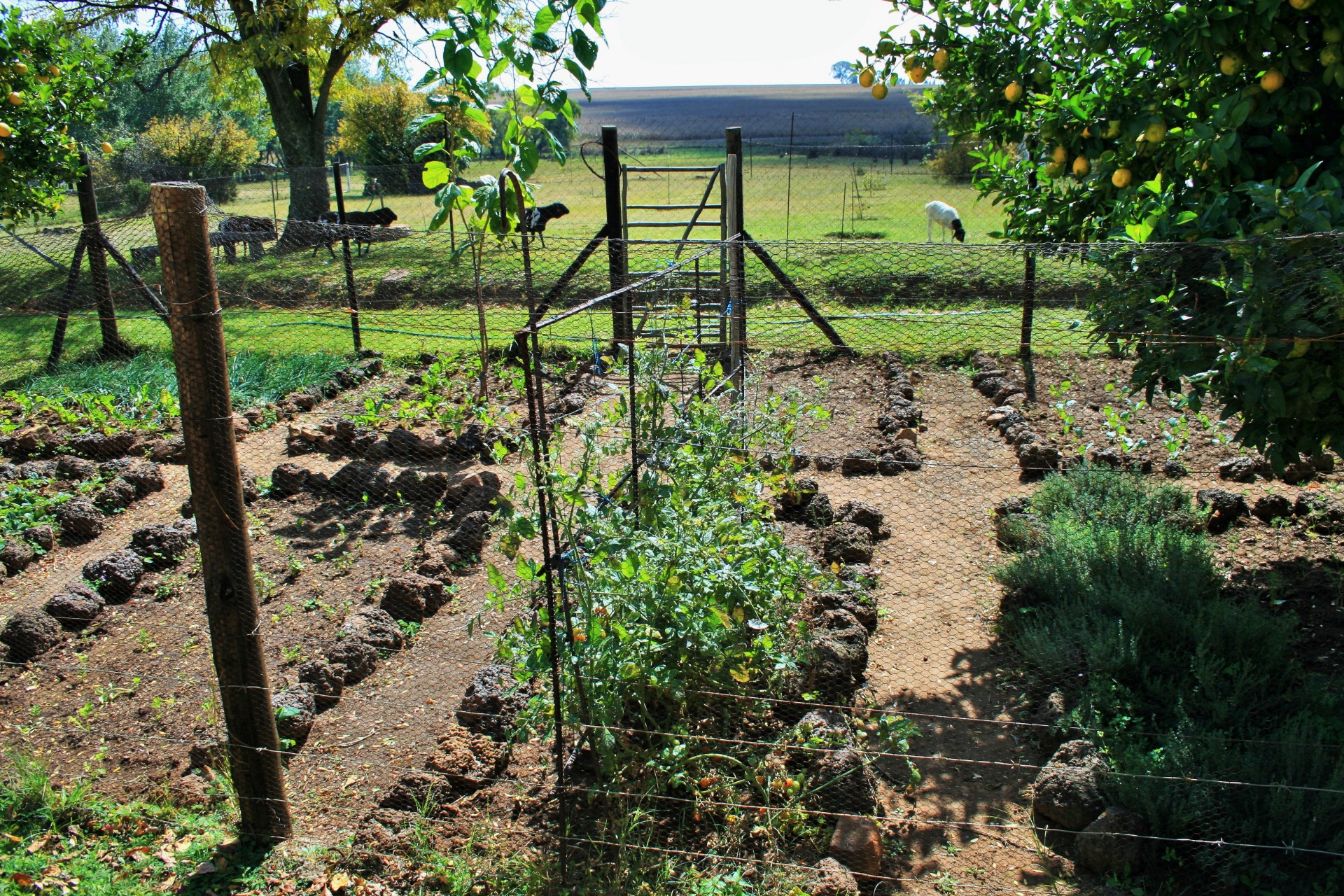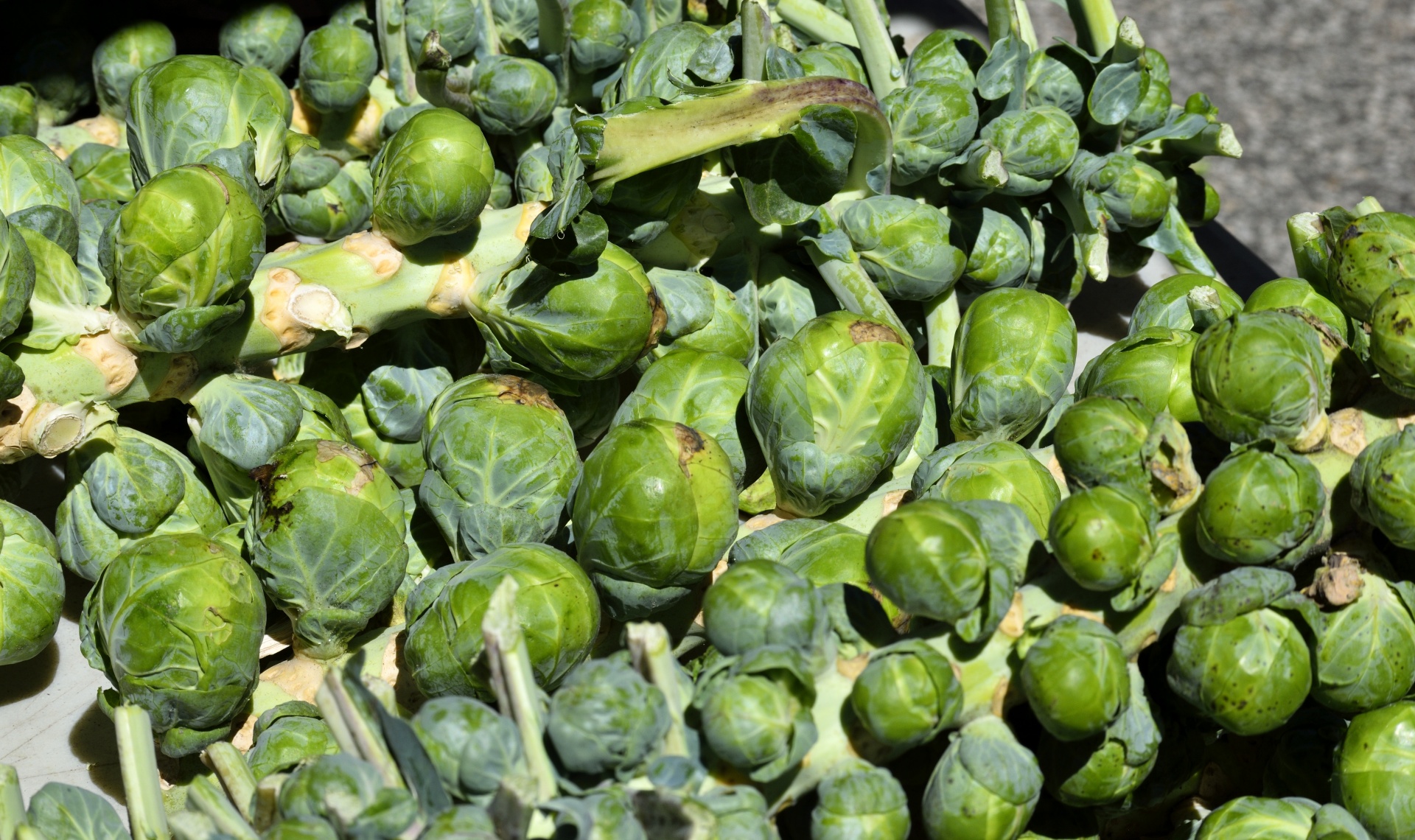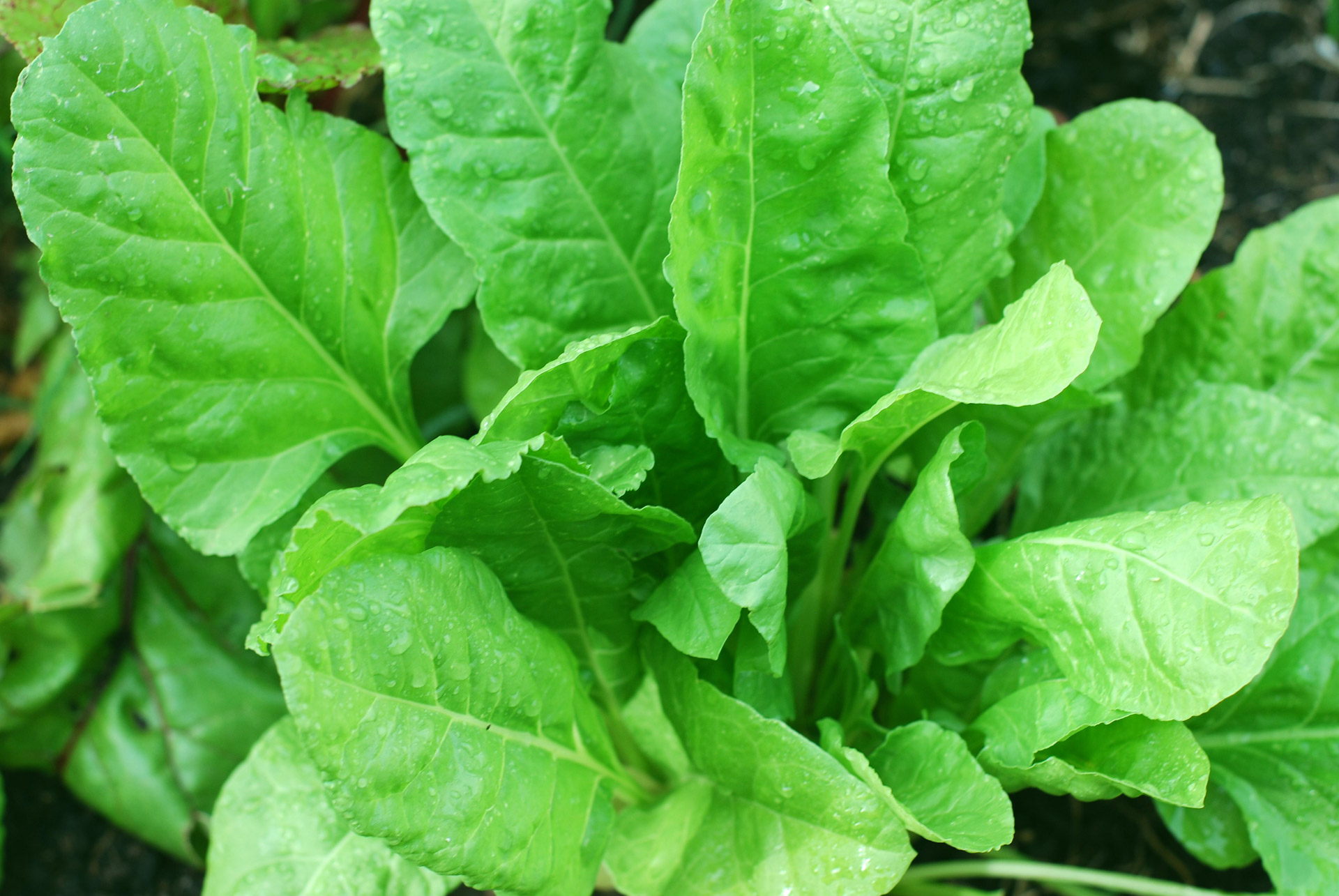
I’ve recently noticed a pattern in our home-buying habits. Each time we buy a house, and we are on our 5th now, our yards get smaller. On one hand that seems like a plus — much less space for routine maintenance chores. On the other hand, there’s much less space for planting. That’s where the dilemma lies. With planting real estate so valuable, how do you decide what to keep and what to eliminate?
I absolutely love the anticipation of waiting for my old-fashioned, traditional perennials to re-emerge in the spring and can’t imagine not having beds full of them in the yard. Annuals can’t be beat for adding energizing pops of color to the landscape so they have to stay too. I’ve come to deeply appreciate not only the beauty of natives, but also how crucial they are to protecting our fragile environment, so there must be room for them. Flowering trees and shrubs help draw both the eye and the spirit upward so those are definites. My yard simply must include a designated pollinator garden for the bees and butterflies and multitudes of busy insects and a water feature to invite a space of pure tranquility. So far so good, but I am left with one important piece missing — my vegetable and herb garden.

We tend to think of vegetable gardens as large, rectangular plots filled with produce like tomatoes and peppers and green beans neatly planted in precise, straight rows and relegated to the back of the property where they eventually become an eyesore. With smaller yards and limited available free time to tend to a large garden, today’s gardener, particularly the urban resident, is less likely to commit the time and energy needed to maintain a large, traditional vegetable garden.
This doesn’t mean however, that today’s gardeners are giving up on vegetable gardening. In fact, the results of a study by the National Gardening Association show that gardening for food production is on the rise. As of 2017, approximately 1 in 3 American households ( 36%) grew a portion of their own food “either at home or in a community garden,” and they spent over 3.6 billion dollars doing it.
With their focus on a natural, organic and locally sourced diet, urban Millennials (Pew Research Center considers those born between 1981 and 1996 to be Millennials) account for the greatest number of “new gardeners” in the food production category. While some of them do continue to enjoy the traditional, in-ground garden plot, many are adopting a different approach — including edibles as a natural part of the landscape.
Foodscaping, or landscaping using edible plants, is an outgrowth of ideas presented by renowned landscape designer Ros Creasy beginning in the 1970s. After visiting gardens in Egypt, Italy and Israel, she recognized that food crops didn’t have to be hidden away; that they could be both a beautiful and a bountiful part of the landscape. Using the entirety of the property for edibles could produce enough pesticide free food to feed a family and have enough to share.
To the chagrin of her neighbors and the surrounding community, she cancelled her monthly lawn pesticide applications, ripped out the existing sad landscaping and converted it to a completely organic environment that incorporated a variety of fruits and vegetables. (Later, she added chickens which became the neighborhood pets.) As the landscape matured and the harvests began, the once skeptical neighbors and community members realized the personal and societal value of Creasy’s design philosophies and began to embrace them themselves. — the edible landscaping movement had begun.
Although the idea of including food crops in the landscape is intriguing to many, how to actually implement it is confusing. Unfortunately, that mental image of a rectangle planted with straight rows of vegetables that turn into an overgrown, weedy, suffering, late-summer garden plot is difficult to erase. Instead of seeing the garden as a whole, begin to think of each fruit, vegetable or herb plant individually. By considering them in terms of the design principles of color, texture and form, it becomes easier to see how each would fit into the landscape.
Even though we may assume that all edibles are green, the reality is that they offer a broad color palette from which to work. Consider the range of reds that cabbages, swiss chard and lettuce give us, or the fact that the yellows of a ripe pepper or a squash bloom stretch from subtle to exuberant. Leaves, stems, blooms, fruit — each part of an edible plant adds to the canvas of the garden.
Ornamentals such as trees and shrubs are chosen and specifically placed in the design for their textures. Edibles also have textures that can determine where they fit. Are the leaves so soft that they invite you to bend and touch, or do they have thorns, sharp edges, or rough bark? Some edibles, like dill and fennel, are so feathery they could be planted in a fairy garden, while other plants, like corn, could stand sentry.


The shape of a plant also influences where it is placed in a landscape. Edibles, like ornamentals, grow in a variety of forms from the short, rounded appearance of spinach to the unique contours of a stalk of brussel sprouts. Varying the shape of nearby plants gives a sense of drama and excitement to the design, while maintaining a consistent shape creates a feeling of calm.
Brie Arthur, another well-known horticulturist and leader in the field of edible landscaping recommends that beginners ease into foodscaping. She advises picking perhaps five edibles the first year from a list of choices that you and your family will actually enjoy and then tucking them into the sunny corners of the existing landscape.
Foundation plantings and borders are good places to begin, especially if they contain large patches of bare mulch. Adding edibles to flower beds not only adds interest to the bed, but supports biodiversity by attracting different varieties of insects than the flowers do. The edges of hardscapes can provide another spot to include edibles. Wherever you choose to put them, just make sure that the edibles and the ornamentals surrounding them share the same care requirements.
As you decide where to plant the edibles, consider how and when the food will be harvested since that will impact the appearance of the landscape design. Will the entire plant disappear leaving a hole (think carrots), or will individual fruits be picked, leaving the plant itself (cucumbers)?
Insect pests, animal pests and diseases have been the bane of vegetable gardeners for generations. While foodscaping can’t eliminate those problems, it can help control them. The traditional straight row method of food production provides an easy-to-access, rich buffet for all of the uninvited guests. By scattering the same crop throughout the landscape, the chances of total annihilation are lessened.

Transforming a traditional landscape into a foodscape is a win-win proposition. The beauty of the design is retained, the benefits of clean, healthy “farm-fresh” food without the back-breaking work are added and your budget gets a boost. It seems worth a try, doesn’t it?














